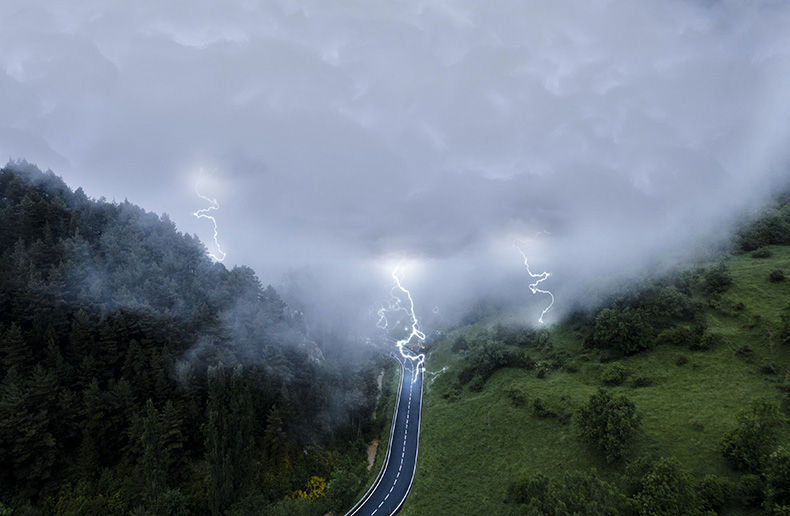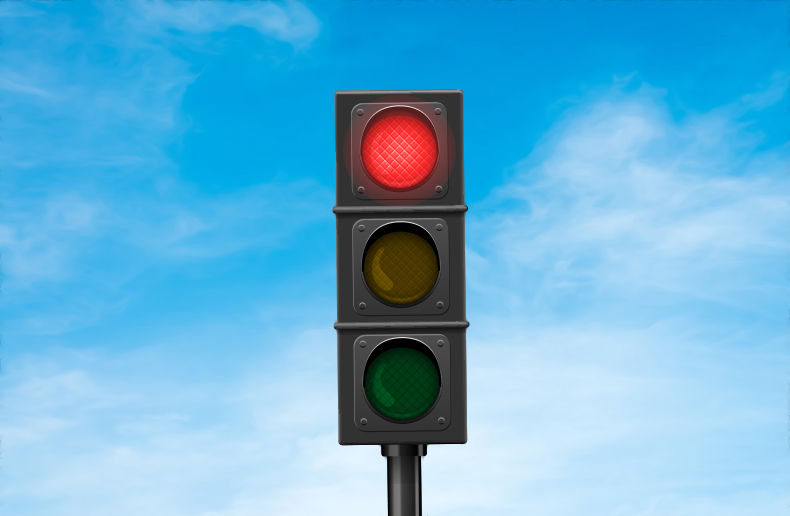A new report from Statistics Canada, Insights into the impact of extreme weather trends in Canada on homeowners insurance profitability and consumers, is confirming what many already know: that “once in 100 years” events are happening more frequently and are becoming more severe and more costly.
Researchers state that from 1983 until 2008, insurers spent $400-million yearly on average on catastrophic claims. Since 2009 the yearly average has risen to almost $2-billion, they say. They add that 2020 through 2023 were all ranked in the top 10 worst years, surpassed only by the Fort McMurray fires in 2016, flooding in Calgary and Toronto in 2013 and the 1998 Quebec ice storm.
Higher catastrophic claims costs
“Insured claims costs were $3.4-billion in 2022 and $3.1-billion in 2023, each more than 50 per cent above the yearly average,” the study states. Among the challenges examined, they say higher expenses for insurers, driven by higher catastrophic claims costs, were heightened due to a labour shortage, the COVID-19 pandemic and higher replacement costs.
“Claims costs rose at the onset of the pandemic, with the claims ratio reaching 73 per cent in the second quarter of 2020. Since then, it has largely been above 50 per cent with a peak of 77 per cent occurring in the third quarter of 2023,” they write. At the Canada level, this has fluctuated and risen but has remained near historical norms. Among the provinces the claims ratio varied significantly. Despite expenses, they say higher revenues have allowed insurers’ profitability metrics to stabilize in the past two years, in part thanks to premium rate increases.







